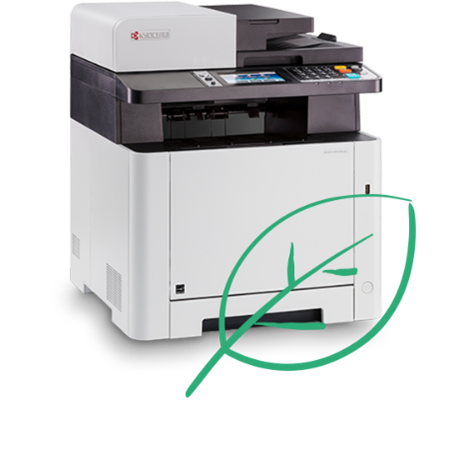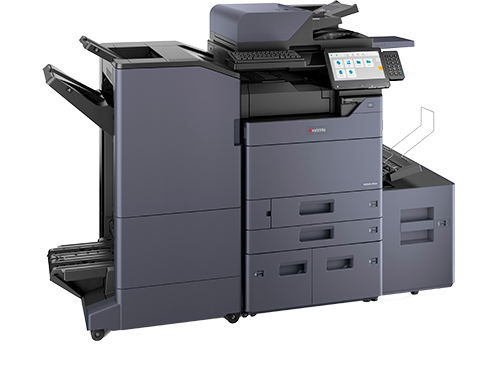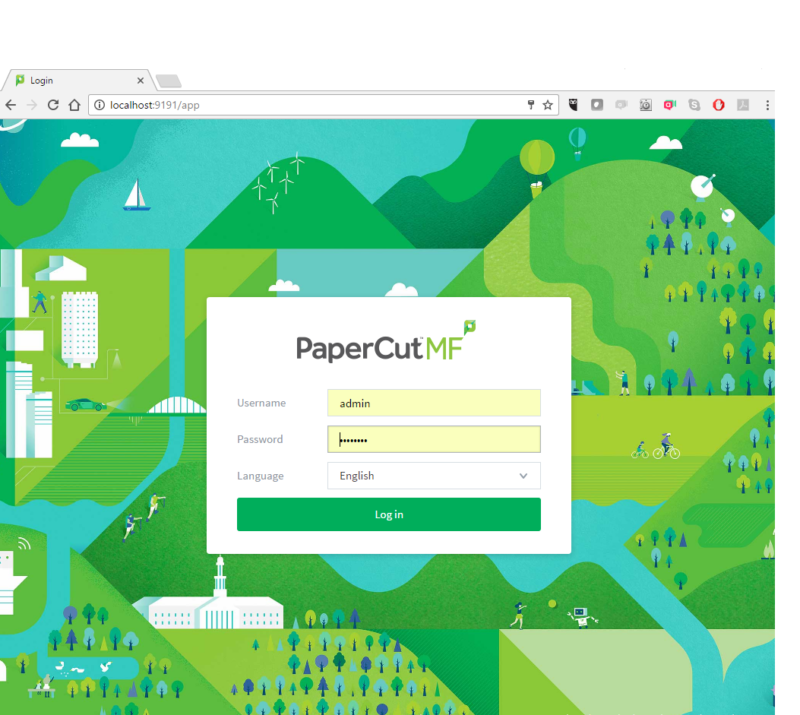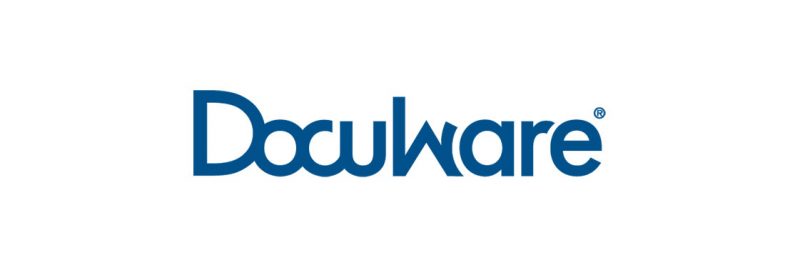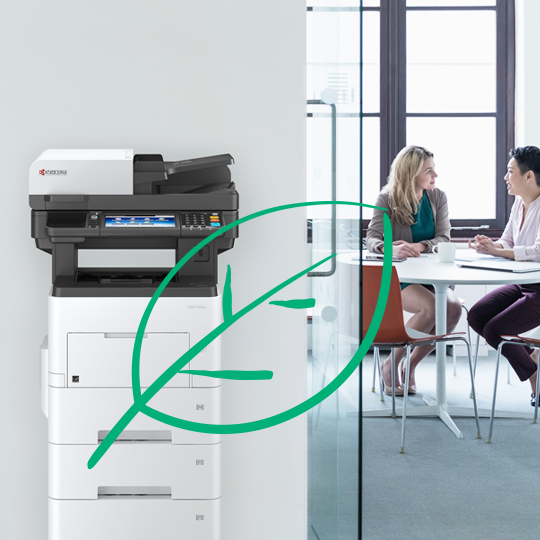The Four Key Elements of Document Management

For businesses in todays world managing documents efficiently is crucial no matter the size of the organisation. Document management is more than just storing files; it involves a strategic approach to handle documents throughout their lifecycle. This process ensures that information is accessible, secure, and organized. Here, we will explore the four key elements of effective document management and how they can transform the way businesses operate.
- Capture
The first step in document management is capturing information. This involves gathering documents and converting them into a digital format. The goal is to ensure that all relevant information is easily accessible and stored in a centralized location.
Methods of Capture
- Scanning: Physical documents are converted into digital files using scanners. This process not only saves space but also ensures that documents are safe from physical damage.
- Electronic Import: Files are directly imported from digital sources, such as emails or electronic forms, into the document management system.
- Data Extraction: Information is extracted from forms and documents using Optical Character Recognition (OCR) technology, allowing for easy indexing and searching.
By effectively capturing documents, businesses can reduce manual data entry, minimize errors, and ensure that critical information is available when needed.
- Storage
Once documents are captured, they need to be stored in a secure and organized manner. Effective storage solutions are essential for maintaining data integrity and ensuring quick retrieval.
Storage Solutions
- Cloud Storage: Offers scalable solutions that allow businesses to store large volumes of data without physical space constraints. It also facilitates remote access, enabling teams to collaborate from anywhere.
- On-Premises Storage: Provides more control over data security and compliance but requires significant investment in hardware and maintenance.
- Hybrid Solutions: Combine the benefits of cloud and on-premises storage, allowing businesses to balance security and accessibility.
Proper storage solutions help businesses protect sensitive information, comply with regulatory requirements, and avoid data loss.
- Management
Managing documents involves organizing, indexing, and maintaining them throughout their lifecycle. This element ensures that documents are easy to find, use, and share.
Key Management Practices
- Metadata Tagging: Assigning metadata to documents makes it easier to search and retrieve them. This can include information like author, date, type, and subject.
- Version Control: Keeping track of document versions prevents confusion and ensures that users access the most up-to-date information.
- Access Control: Setting permissions and access levels to ensure that only authorized personnel can view or edit sensitive documents.
Effective document management reduces redundancy, enhances productivity, and ensures compliance with industry standards.
- Distribution
The final element of document management is distribution, which involves sharing documents with the right people at the right time. An efficient distribution system ensures that information flows seamlessly across the organization.
Distribution Channels
- Email Integration: Allows documents to be shared directly through email, streamlining communication and collaboration.
- Collaborative Platforms: Tools like SharePoint or Slack enable teams to work together in real time, sharing documents and feedback instantly.
- Automated Workflows: Automating document distribution processes can save time and reduce human error. For example, contracts can be automatically routed to relevant parties for review and approval.
By optimizing document distribution, businesses can improve decision-making, enhance collaboration, and maintain a competitive edge.
Conclusion
Document management is a critical component of modern business operations. By focusing on the four key elements—capture, storage, management, and distribution—organizations can streamline processes, improve efficiency, and protect valuable information. As technology continues to evolve, so too will the tools and techniques available for document management, enabling businesses to stay agile and responsive in a dynamic environment.


